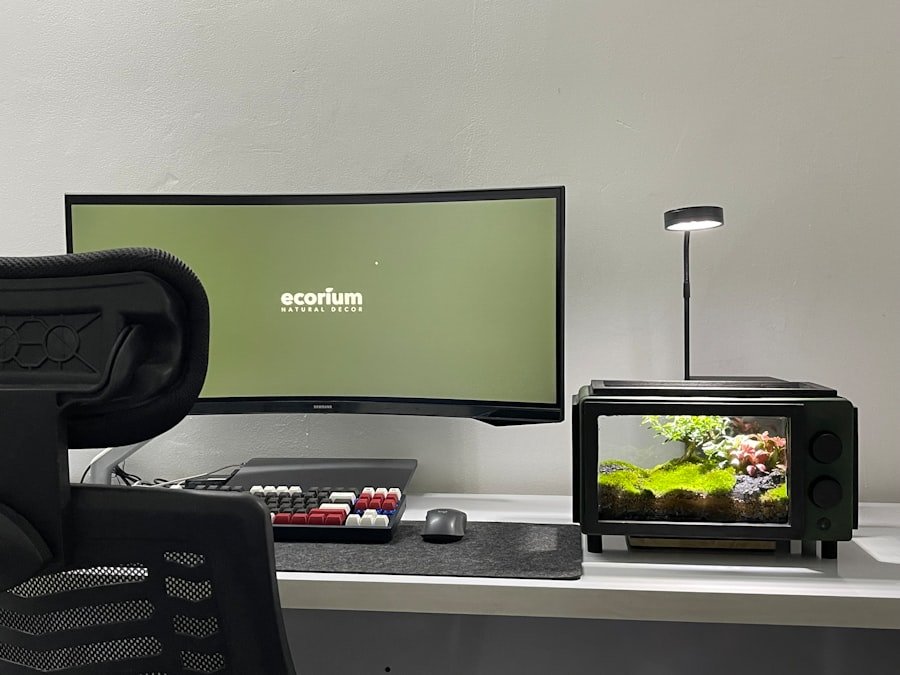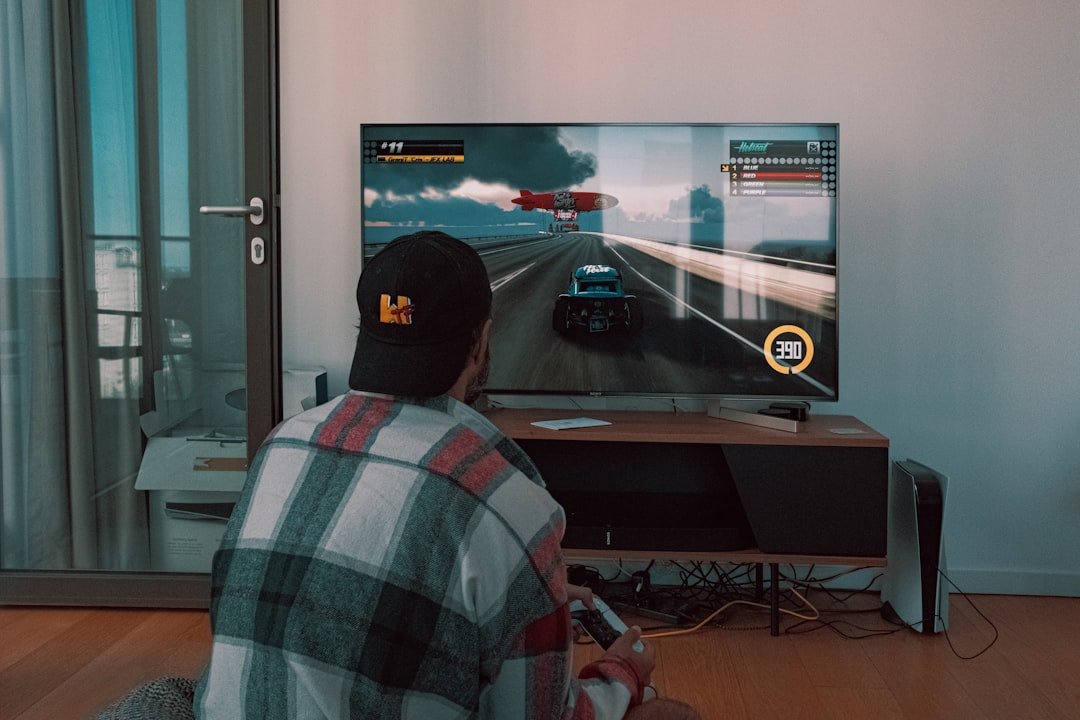Game streaming has emerged as a revolutionary way for gamers to share their experiences, skills, and personalities with a global audience. This phenomenon has transformed the gaming landscape, allowing players not only to showcase their gameplay but also to interact with viewers in real-time. Platforms like Twitch, YouTube Gaming, and Facebook Gaming have become the go-to destinations for millions of users who seek entertainment, community, and even education through live broadcasts.
The rise of game streaming has also given birth to a new generation of content creators who have turned their passion for gaming into lucrative careers. The allure of game streaming lies in its interactivity. Unlike traditional media, where viewers passively consume content, streaming allows for a two-way communication channel between the streamer and the audience.
This dynamic fosters a sense of community, as viewers can engage with streamers through chat, participate in polls, and even influence gameplay decisions. As a result, game streaming has not only become a form of entertainment but also a social platform where friendships are formed, and communities are built around shared interests in gaming.
Essential Equipment for Game Streaming
To embark on a successful game streaming journey, having the right equipment is crucial. At the core of any streaming setup is a powerful gaming PC or console. A high-performance computer equipped with a robust graphics card and sufficient RAM is essential for running games smoothly while simultaneously broadcasting high-quality video.
For console gamers, devices like the PlayStation 5 or Xbox Series X offer built-in streaming capabilities, but additional hardware may still be necessary for optimal performance. In addition to a capable gaming machine, streamers need quality peripherals to enhance their broadcasts. A high-definition webcam is vital for capturing the streamer’s face, allowing for a more personal connection with the audience.
Popular choices include the Logitech C920 and Elgato Facecam, both known for their excellent video quality. Furthermore, a good microphone is essential for clear audio; options like the Blue Yeti or Audio-Technica AT2020 are favored by many streamers for their superior sound quality. Finally, investing in a reliable capture card is important for those streaming from consoles, as it allows for seamless video transfer to the streaming software.
Choosing the Right Streaming Platform

Selecting the appropriate streaming platform is a pivotal decision that can significantly impact a streamer’s success. Each platform offers unique features and caters to different audiences. Twitch is arguably the most popular choice among gamers, boasting a vast community and numerous interactive features such as channel points and extensions that enhance viewer engagement.
Its focus on live content makes it an ideal platform for streamers looking to build a loyal following. On the other hand, YouTube Gaming provides an alternative that combines live streaming with on-demand video content. This platform allows streamers to reach audiences who prefer watching recorded gameplay alongside live broadcasts.
Additionally, YouTube’s robust algorithm can help new streamers gain visibility through suggested videos and search results. Facebook Gaming has also gained traction, particularly among casual gamers and those already engaged with the Facebook ecosystem. It offers unique social features that allow streamers to connect with friends and family while building their audience.
Setting Up Your Streaming Software
| Software | Features | Compatibility | Price |
|---|---|---|---|
| OBS Studio | Customizable scenes, transitions, and audio mixer | Windows, Mac, Linux | Free |
| XSplit | Scene preview editor, built-in chat, and stream delay | Windows | Free version available, paid plans starting at 4.17/month |
| Streamlabs OBS | Custom themes, alerts, and widgets | Windows | Free |
Once the equipment and platform are chosen, the next step is setting up streaming software. OBS Studio (Open Broadcaster Software) is one of the most popular choices due to its versatility and cost-effectiveness—it’s free and open-source. Streamlabs OBS is another option that simplifies the setup process with user-friendly features tailored for streamers.
Both software options allow users to customize their streams with overlays, alerts, and scenes that can enhance viewer experience. Configuring the software involves several steps, including setting up video and audio sources, adjusting resolution settings, and configuring bitrate for optimal streaming quality. Streamers should consider their internet speed when determining these settings; higher resolutions and bitrates require more bandwidth.
Additionally, integrating alerts for new followers or donations can create an engaging atmosphere during streams. Customizing overlays with branding elements such as logos or color schemes can also help establish a unique identity that resonates with viewers.
Optimizing Your Internet Connection
A stable and fast internet connection is paramount for successful game streaming. Streamers should aim for an upload speed of at least 5 Mbps for standard quality streams; however, higher speeds are recommended for 1080p or 4K broadcasts. To ensure a reliable connection, using a wired Ethernet connection is preferable over Wi-Fi, as it minimizes latency and packet loss that can disrupt streams.
In addition to speed considerations, streamers should monitor their network performance during broadcasts. Tools like Speedtest.net can help assess upload speeds in real-time. If issues arise, optimizing router settings or upgrading to a higher-tier internet plan may be necessary.
Some streamers also utilize Quality of Service (QoS) settings on their routers to prioritize bandwidth for streaming activities, ensuring that other devices on the network do not interfere with the stream’s quality.
Creating a Comfortable and Functional Streaming Space

The physical environment in which one streams plays a significant role in both comfort and production quality. A dedicated streaming space should be free from distractions and noise to maintain focus during broadcasts. Streamers often invest in soundproofing materials or choose rooms with minimal echo to enhance audio quality.
Additionally, proper lighting is essential; natural light can be beneficial during daytime streams, but softbox lights or ring lights are often used to create flattering illumination that enhances video quality. Ergonomics should also be considered when designing a streaming space. A comfortable chair and desk setup can prevent fatigue during long streaming sessions.
Streamers may also want to incorporate personal touches into their environment—such as posters, collectibles, or themed decorations—that reflect their personality and interests. This not only makes the space visually appealing but also helps create an inviting atmosphere for viewers.
Engaging Your Audience and Building a Community
Engagement is key to building a successful streaming career. Streamers should actively interact with their audience during broadcasts by responding to chat messages, asking questions, and encouraging viewer participation through polls or challenges. Creating a welcoming environment where viewers feel valued can foster loyalty and encourage them to return for future streams.
Building a community extends beyond individual streams; it involves creating spaces where viewers can connect outside of live broadcasts. Many streamers utilize platforms like Discord to establish dedicated servers where fans can chat, share content, and participate in community events. Regularly scheduled streams or themed events can also help maintain viewer interest and encourage participation.
By cultivating a sense of belonging among viewers, streamers can transform casual viewers into dedicated fans who actively support their content.
Troubleshooting Common Streaming Issues
Despite careful planning and setup, streamers may encounter various technical issues during broadcasts. One common problem is dropped frames or lagging video, which can be caused by insufficient internet bandwidth or incorrect bitrate settings in the streaming software. Streamers should monitor their stream health indicators and adjust settings accordingly if they notice performance issues.
Audio problems are another frequent concern; issues such as echo or low volume can detract from viewer experience. Streamers should ensure that their microphone settings are correctly configured and consider using audio filters within their software to enhance sound quality. Additionally, testing equipment before going live can help identify potential issues early on.
Another challenge is managing viewer expectations during gameplay; technical difficulties or unexpected game crashes can disrupt the flow of a stream. Streamers should remain calm and communicate transparently with their audience about any issues they encounter. This openness not only helps maintain viewer trust but also creates an opportunity for humor or camaraderie as viewers rally around the streamer during challenging moments.
In conclusion, game streaming is an intricate blend of technology, creativity, and community engagement that requires careful consideration of various elements—from equipment selection to audience interaction strategies. By understanding these components and continuously refining their approach, aspiring streamers can carve out their niche in this dynamic landscape while providing entertaining content that resonates with viewers worldwide.
FAQs
What is game streaming?
Game streaming is the act of broadcasting your gameplay live over the internet for others to watch. This can be done on platforms such as Twitch, YouTube, or Facebook Gaming.
What equipment do I need for a game streaming setup?
For a basic game streaming setup, you will need a gaming PC or console, a microphone, a webcam, and streaming software. You may also want to invest in a capture card and good lighting for better quality streams.
What is the best streaming software for beginners?
Popular streaming software options for beginners include OBS Studio, Streamlabs OBS, and XSplit. These programs are user-friendly and offer a range of features for customizing your stream.
Do I need a powerful PC for game streaming?
While a powerful PC can improve the quality of your stream, it is not necessary for beginners. You can start with a mid-range gaming PC and upgrade as you become more experienced.
What internet speed is required for game streaming?
For a basic 720p stream, a minimum upload speed of 4-6 Mbps is recommended. For higher quality streams, such as 1080p, you will need a faster upload speed.
Can I use a console for game streaming?
Yes, you can use a console such as a PlayStation or Xbox for game streaming. However, you may need a capture card to connect your console to your PC for streaming.
How can I improve the audio quality of my stream?
Investing in a good quality microphone and using audio filters in your streaming software can significantly improve the audio quality of your stream. You can also consider using a pop filter and soundproofing your streaming space.
What are some tips for engaging with viewers during a stream?
Engaging with viewers is important for building a community around your stream. Some tips for engaging with viewers include interacting with chat, asking for feedback, and hosting Q&A sessions during your streams.
I’m a blogger and SEO executive with 3+ years of practical experience in content creation, on-page SEO, and link building. I manage a network of 25+ active blogs that I use to support ethical and relevant link placements. My focus is on creating quality content and link building strategies that provide you with practical, useful information while helping websites grow sustainably in search rankings.


